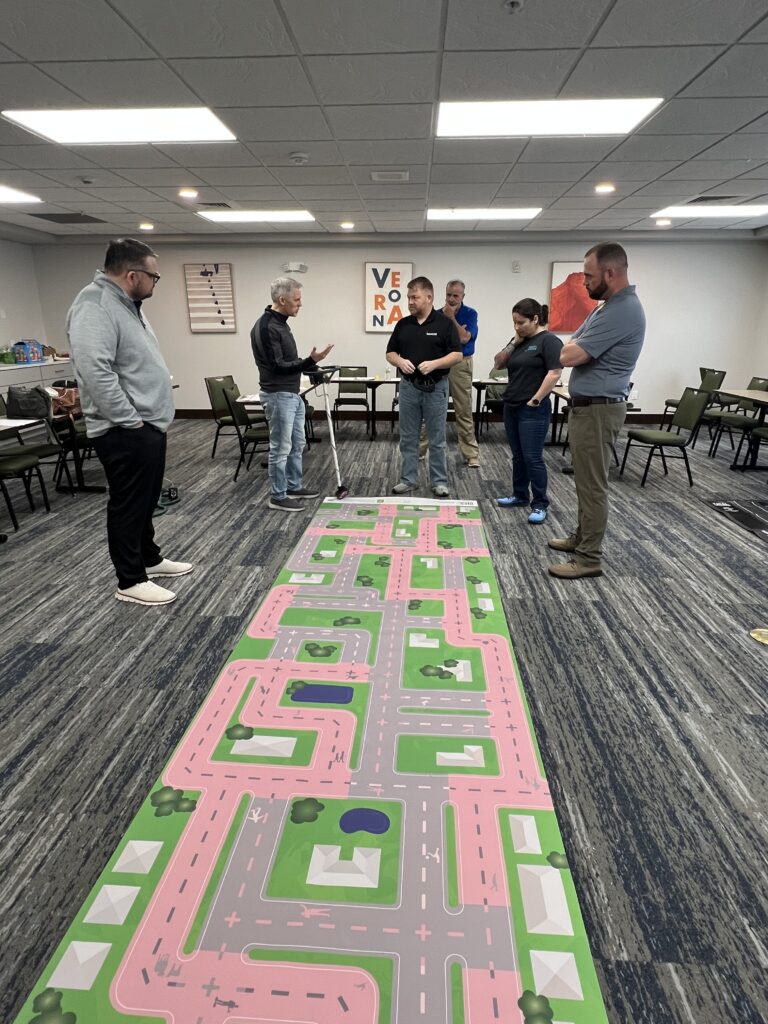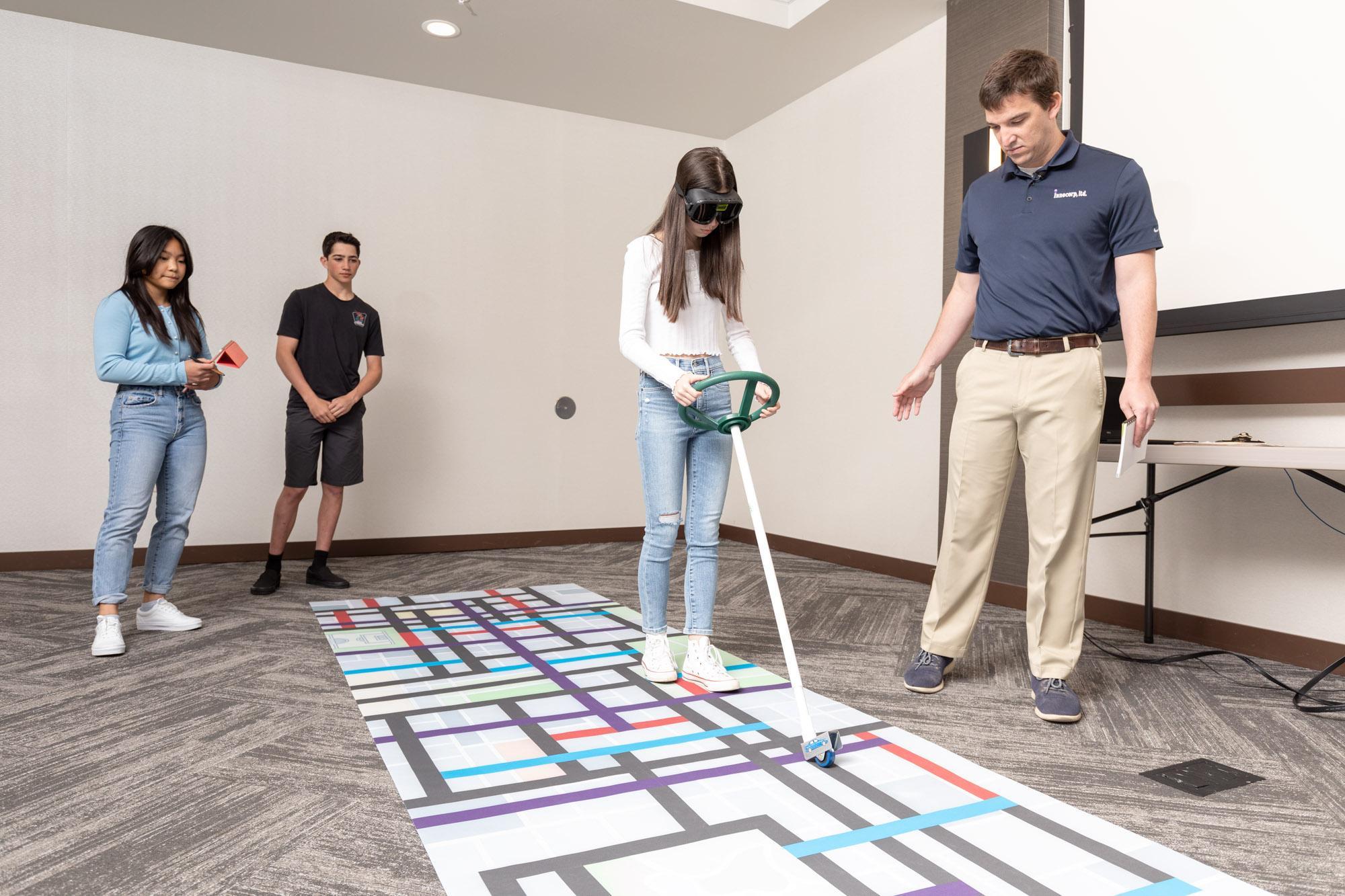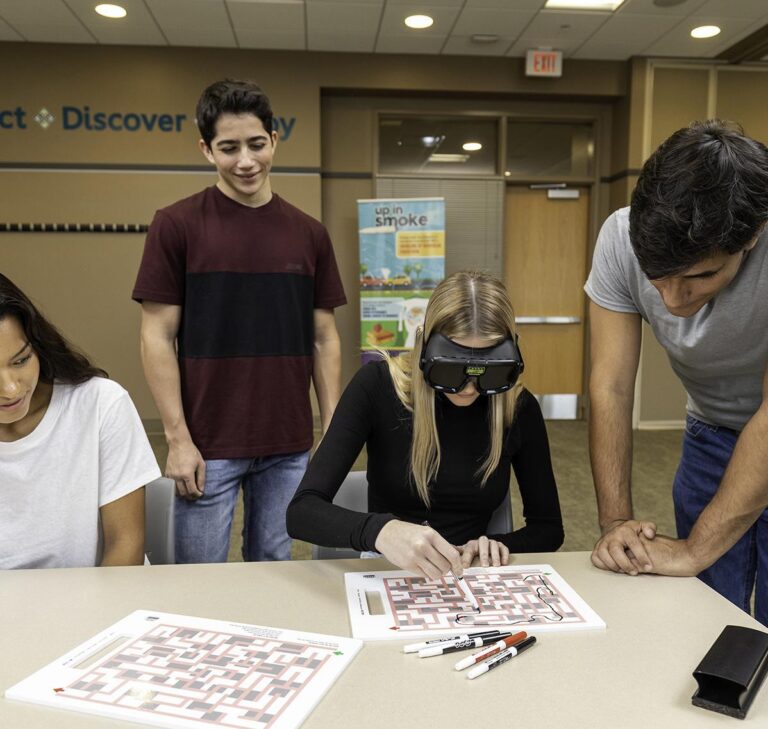
What Does Innocorp On-Site Training Entail?
Here’s an overview of what to expect and some benefits of investing in on-site Innocorp product training. Educators deserve great training to facilitate participant learning and instruction in their
Be First to Know About Fatal Speeding™ — Launching Early 2026! LEARN MORE

If polydrug use wasn’t a well-known concept to you before you started running a prevention program or teaching students about its dangers, you’re not alone!
While polydrug use itself — drinking alcohol and using marijuana at the same time — isn’t a new phenomenon, the phrase and our understanding of the risks involved are more recent developments.
However, the research and polydrug use statistics released so far can be used to great effect in a prevention program. By sharing these facts with students or participants, you can help illustrate the risks accompanying polydrug use in a more real, tangible way.
Some suggestions for polydrug use statistics to share in your prevention program include:
Read on to learn more about each of these polydrug use statistics.
A study published in the journal Cannabis found that just over 60% of the young adults surveyed said they have been “crossfaded” — another phrase for using alcohol and marijuana together — at some point. To better inform prevention efforts, the study aimed to see how well young adults understand polydrug use or crossfading and the exact terminology they use.
That same study asked survey respondents how risky of behavior they thought polydrug use was. In total, 5.6% said they did not consider it dangerous, while 16.4% considered it only slightly risky. While a larger portion of the respondents said they viewed using marijuana and alcohol at the same time as moderately (45%) or very risky (33.1%), the 22% who downplay the behavior’s riskiness should not fall off your radar.
It’s a good idea to survey students in your polydrug prevention program to get a feel for their opinions on the topic and inform how you communicate with them.
A 2020 study published in Frontiers in Neuroscience found that 11.3% of people diagnosed with a substance use disorder have a concurrent alcohol use disorder. This research also found that having one substance use disorder increases the risk of developing a dependence on other substances.
Research from Injury Epidemiology found that drivers who tested positive for marijuana and alcohol were roughly 25 times more likely to be involved in a fatal car crash than those who tested negative for both substances or positive for one and negative for the other. A similar study published in Forensic Science International reported that between 1991 and 2008, the prevalence of both marijuana and alcohol in drivers involved in fatal crashes increased from 2% to 10%.
For more information on polydrug use, visit our recent blog posts on surprising facts about using marijuana and alcohol together, understanding the dangers of polydrug use, and FAQs about crossfading.
In addition to polydrug use statistics, you can enhance your polydrug prevention program with a hands-on interactive teaching tool like the Fatal Vision® Polydrug [Alcohol & Marijuana] Goggles and accompanying activities.
To learn more about Fatal Vision’s polydrug prevention products and how you can add them to your curriculum, contact our team today!
Innocorp is the pioneering developer of Fatal Vision® Goggles and other experiential learning tools designed to educate on the dangers of impairment and promote risk prevention. Innocorp provides impactful, hands-on resources used globally by law enforcement, educators, and safety professionals to demonstrate the consequences of substance use, risky driving, and other dangerous behaviors.
We’d love to online chat! We are available Monday-Friday from 8am-5pm (CST):
Or schedule a time for a consultation:

Here’s an overview of what to expect and some benefits of investing in on-site Innocorp product training. Educators deserve great training to facilitate participant learning and instruction in their

At Fatal Vision® by Innocorp, we are proud to partner with iRT to promote Plan My Ride, an affordable and effective research-based eLearning program that teaches new drivers essential skills

Education about impairment and making safe choices includes addressing common misconceptions about THC impairment and helping students understand the risks. There is a lot of misinformation, myths, and misconceptions